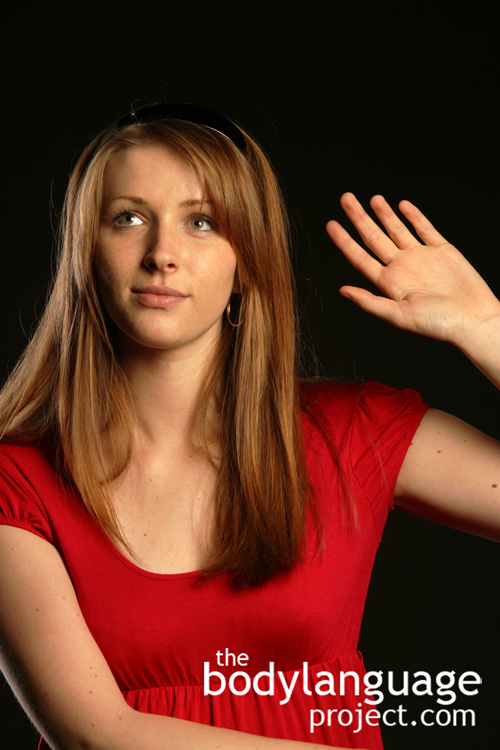The final type of gestures are called regulators because they are used to modulate and maintain the flow of the speech during conversation. Essentially, we use regulators to control turn-taking in conversation and they can take the form of kinesic such as head nods or nonkinesic such as eye movements. Regulators are different across cultures more so than any other element of body language discussed thus far.
In a study by Marjorie Vargas in 1986, it was noted that black students in the United States felt insulted by the white educators. The educators weren’t picking up on cues that the students understood what was being instructed. For example, the white students would nod and murmur “uh-huh” but the black students would nod much less and use “mhm” instead. The teachers took this to mean that the students didn’t fully understand the material, but this wasn’t so, they just expressed their understanding differently.
In Japan, the up and down nod of the head or “yes motion” is utilized not to show ‘agreement’ but to show ‘understanding’. Therefore, while pitching a new idea or venture, it would be foolish to think that the continuous head nodding by the Japanese was do to their willingness to invest. Creating a simple dos and don’ts list is not feasible for these nonverbal kinesics in speech for the simple fact that there are far too many to list and the variation of meaning across culture is so varied. With the simple awareness of emblems, illustrators, affect displays, adaptors and regulators the incidence of misinterpreting their meaning can be reduced.
Caution is therefore important when dealing with international business so as to avoid any harm in interpretation. Some other examples of regulators include putting the hand up to signal that you are ready to speak, putting the finger up to the mouth to bring silence, waiving the hand around in a circle so as to speed things up, rolling of the eyes showing disapproval, a gasp to show shock, throwing the hand to someone to include them in the conversation, or shaking the head disapprovingly. All these gestures control the flow and pattern of speech by directing, disapproving, speeding things up or slowing them down, and even cutting the speaker short.
Using regulators in speech is necessary to create seamless turn-taking and to avoid appearing rude, dominating or frustrating the people you are talking with. It prevents having to interrupt, eases the flow of speech and allows everyone to make the points they wish to make without having to cut each other off mid-sentence. The net effect of a good conversation is connectivity through the creation of seamless turn-taking.

